Premium Only Content
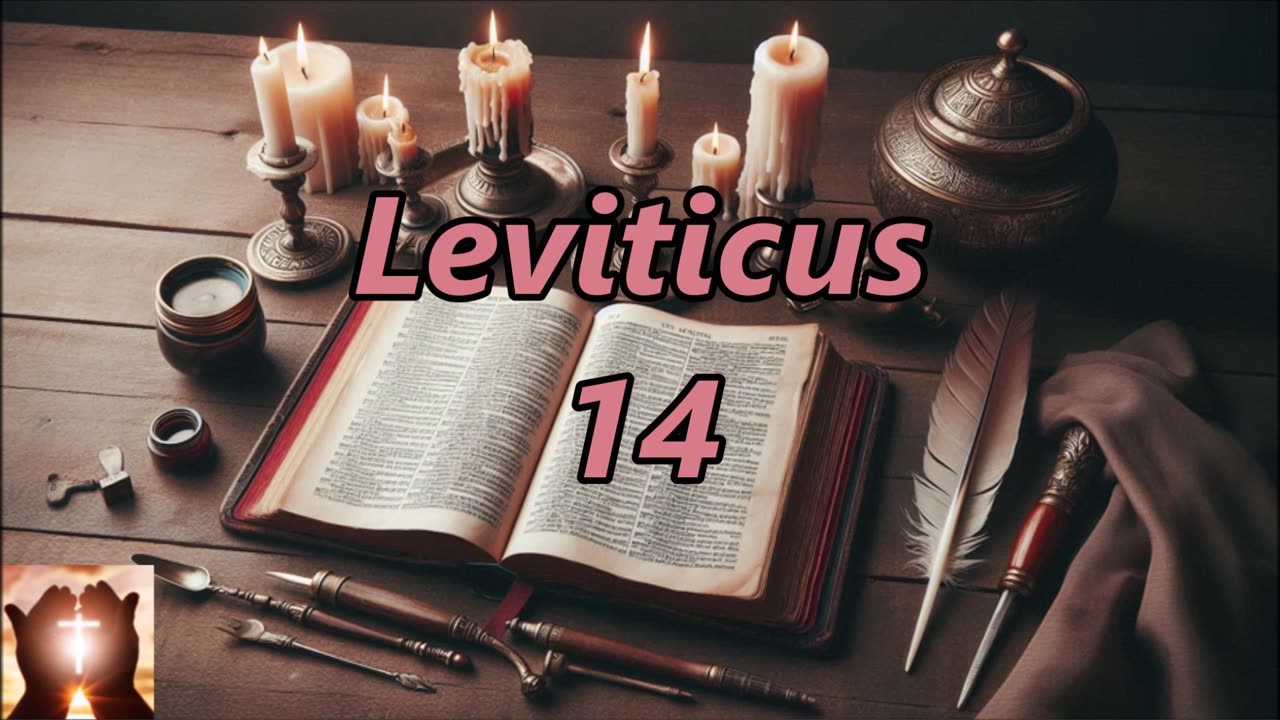
Leviticus 14
Cleansing of a Healed Person (vv. 1–32):
Initial Ceremony (vv. 1–9):
The healed person is brought to the priest outside the camp.
The priest examines the person.
Two birds are used: one is killed over fresh water; the other is dipped in the blood and released.
The healed person washes clothes, shaves, and bathes—then remains outside the tent for 7 days.
On the 7th day, further shaving and washing are required.
Offerings on the 8th Day (vv. 10–20):
The person brings a guilt offering, sin offering, burnt offering, and grain offering.
The priest applies blood from the guilt offering to the healed person’s right earlobe, right thumb, and right big toe—a symbol of full dedication.
Oil is also applied in the same places and sprinkled before the Lord.
Provision for the Poor (vv. 21–32):
If the person cannot afford the regular offerings, they can bring two doves or pigeons instead of some of the animals.
Cleansing of a Contaminated House (vv. 33–57):
If mold or mildew appears in a house in Canaan, the priest must inspect it.
If contamination is found:
A waiting and reinspection period occurs.
Infected stones may be removed.
If it spreads, the house is torn down.
If cleansed, a ceremony similar to that of the healed person (with two birds) is performed.
Spiritual Lessons:
God not only heals but restores—bringing people back into worship and community.
The blood and oil on the ear, thumb, and toe signify full consecration: hearing God's word, doing His will, and walking in His ways.
Restoration is as important as cleansing; salvation includes reintegration and relationship with God and others.
God provides a way for the rich and poor alike to be made clean.
Houses and environments matter—God calls for holiness in both people and places.
These rituals foreshadow Christ’s complete cleansing—He touches the unclean and makes them whole (see Mark 1:40–45).
-
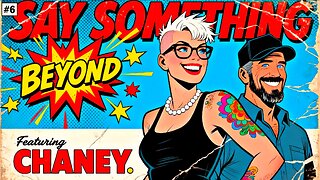 1:28:06
1:28:06
NAG Podcast
16 hours agoSay Something Beyond W/MikeMac: CHANEY - Ep.6
2.23K1 -
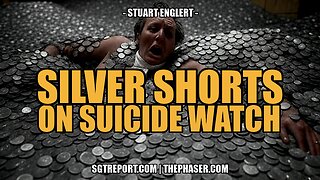 50:34
50:34
SGT Report
12 hours agoSILVER SHORTS ON SUICIDE WATCH -- Stuart Englert
18.6K7 -
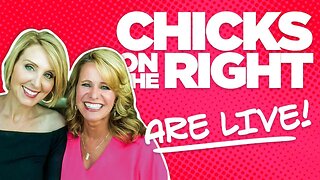 1:31:45
1:31:45
Chicks On The Right
4 hours agoCharlie's Memorial: highlights, the lead-up, the crowds, and the speech that broke the internet.
34.7K10 -
 LIVE
LIVE
LFA TV
14 hours agoLFA TV ALL DAY STREAM ! | MONDAY 9/22/25
3,581 watching -
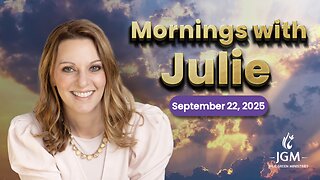 1:09:12
1:09:12
JULIE GREEN MINISTRIES
3 hours agoLIVE WITH JULIE
118K160 -
 4:01:24
4:01:24
The Bubba Army
3 days ago90K Honor Charlie Kirk At Memorial - Bubba the Love Sponge® Show | 9/22/25
49.3K14 -
 38:21
38:21
Stephen Gardner
2 days ago🔥Is Kash Patel HIDING DETAILS About Charlie Kirk & Jeffrey Epstein? Judge Joe Brown
104K210 -
 26:33
26:33
DeVory Darkins
1 day ago $69.19 earnedRep Omar EMBARRASSES herself in a painful way as Newsom PANICS over Kamala confrontation
131K350 -
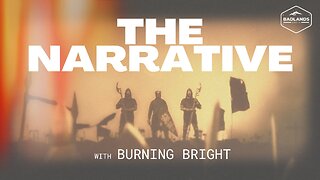 3:28:14
3:28:14
Badlands Media
1 day agoThe Narrative Ep. 39: The Sovereign Mind
160K44 -
 2:17:35
2:17:35
TheSaltyCracker
15 hours agoThe Charlie Kirk Effect ReeEEStream 9-21-25
176K425